Renowned companies in the Mainland and around the globe are all researching into and developing unmanned driving systems. As a hot technology topic, how would unmanned driving affect business development or our day-to-day living? What challenges will Hong Kong run into and how does the future look?
Liu Ming: Hong Kong’s Driverless Systems May Catch Up
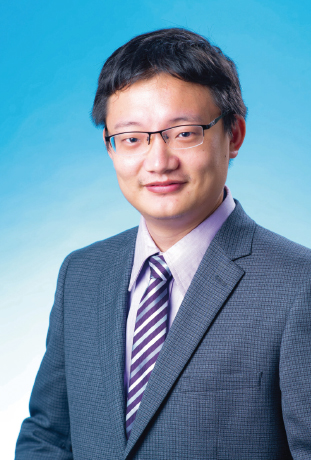
According to a report published by Bloomberg Philanthropies in October 2017, 53 cities around the world are actively actualizing unmanned driving by conducting industrial tests, setting up test points and developing proactive policies. However Hong Kong, a cosmopolitan city, is not amongst them. How is it doing in terms of unmanned driving technology?
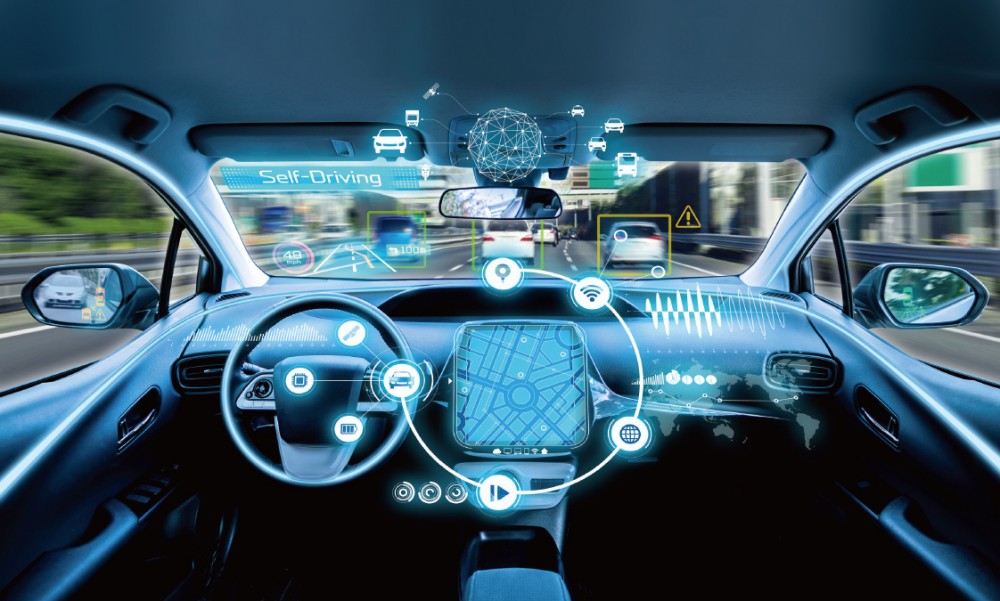 While Hong Kong is not yet amongst these active locations in developing unmanned driving, relevant studies in the technology have started very early on by the related industries and the academia. A team of teachers and students of the Hong Kong University of Science and Technology (HKUST), for example, developed the first driverless car in Hong Kong in October 2017. According to the project’s leader Liu Ming, Visiting Assistant Professor and Director of the Robotics and Multiperception Lab of HKUST, Hong Kong did start late in the development of driverless cars, but we do not lack the relevant technologies. If policies are supportive, the development of driverless cars may pick up the pace in the future.
While Hong Kong is not yet amongst these active locations in developing unmanned driving, relevant studies in the technology have started very early on by the related industries and the academia. A team of teachers and students of the Hong Kong University of Science and Technology (HKUST), for example, developed the first driverless car in Hong Kong in October 2017. According to the project’s leader Liu Ming, Visiting Assistant Professor and Director of the Robotics and Multiperception Lab of HKUST, Hong Kong did start late in the development of driverless cars, but we do not lack the relevant technologies. If policies are supportive, the development of driverless cars may pick up the pace in the future.
Building a complete ecosystem
Liu commented that while Hong Kong may not be on a par with other major cities in developing driverless cars, we are by no means technologically behind; nor are we lacking in talents or infrastructures. Instead, we are short of a complete ecosystem. He explained that to keep a new thing moving, we need much more than developing its relevant technology. We also need to rely on a generally encouraging environment. “The local governments of other locations, such as the US, Europe and our neighbor Singapore, would allow the industry to carry out road tests in certain designated areas, or they would build some closed scenarios as test zones for driverless cars.” Comparatively, the development of driverless cars in other countries is undoubtedly more advanced than that in Hong Kong. Yet, Liu reiterated they are only having a kickstart, and it is still possible for Hong Kong to catch up.
Timely policies and laws
Speaking about the importance of complementing conditions, Liu said that data is critical in building an unmanned driving system (hereafter “driverless system”). These data, very often, are highly “localized”. For example, data collected from European or American roads may not be applicable to the Mainland.
Liu added that from the perspective of technology, the driverless system mainly comprises four parts, namely perception, decision making, control, and task scheduling. Amongst them, perception and decision making are the most important, because there are substantial uncertainties involved. As such, road tests are necessary to collect large volumes of data for a system to make accurate judgment. “Technology aside, therefore, we need to have reasonable policies and laws, as well as relevant testing platforms to carry out reasonable regulation and authentication that allow the industry to conduct tests before we can propel the progress of relevant studies.”
Wide application
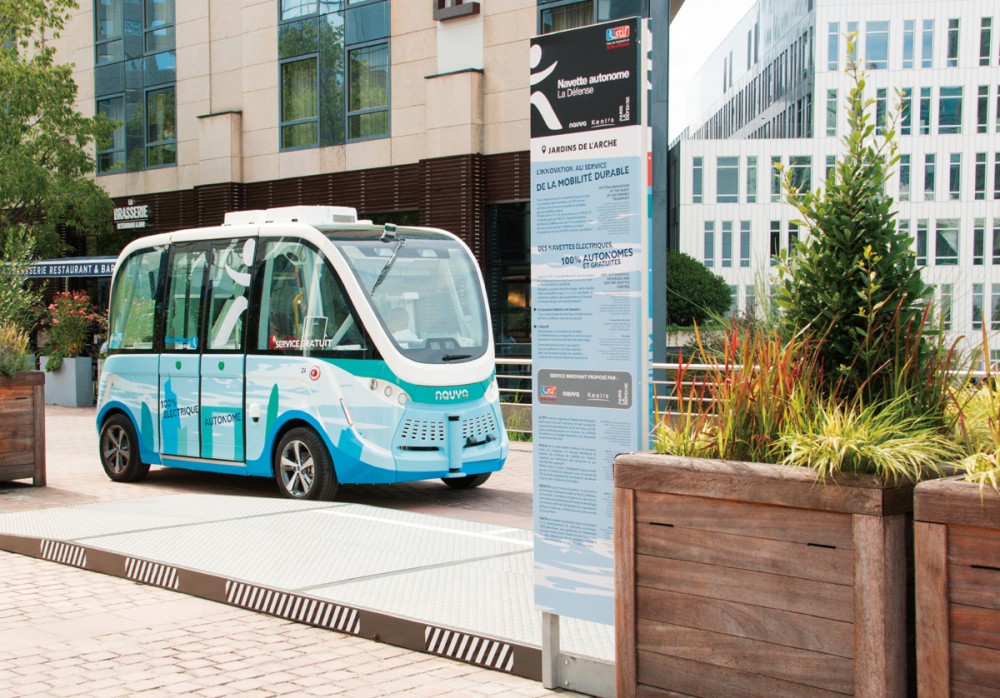 Liu revealed that on top of the researches of the institute he serves, some other institutes or organizations, such as the Hong Kong Productivity Council, are also conducting researches on the driverless system. “Everyone hopes to roll out these systems as soon as possible. Therefore, before the complementing conditions are perfected, some of the organizations and institutes, including ours, would go to other places (such as the Mainland) for system testing.” He emphasized that Hong Kong has very comprehensive road planning and the function of each road is clearly defined; added with the good driving habits of Hong Kong people, driverless systems are indeed very suitable for Hong Kong.
Liu revealed that on top of the researches of the institute he serves, some other institutes or organizations, such as the Hong Kong Productivity Council, are also conducting researches on the driverless system. “Everyone hopes to roll out these systems as soon as possible. Therefore, before the complementing conditions are perfected, some of the organizations and institutes, including ours, would go to other places (such as the Mainland) for system testing.” He emphasized that Hong Kong has very comprehensive road planning and the function of each road is clearly defined; added with the good driving habits of Hong Kong people, driverless systems are indeed very suitable for Hong Kong.
“Apart from applying to driverless cars (private cars), driverless systems can also be applied to buses, trucks, as well as continuous-track unmanned ground vehicles (UGVs). The local courier industry, for example, can use continuous-track UGVs to deliver directly to the office floor of their clients. The system, therefore, has very wide applicability.”
He believed that, amidst the current ambience that encourages innovation in Hong Kong, as shown in the government’s support for technology and innovation, there are very favorable conditions for the advancement of driverless systems. “Certainly, we must not overestimate the importance of the present, thereby underestimating that of the future. Therefore, in addition to focusing on technological development, we must also raise the aspirations of our youth towards technology and engineering, as well as heighten the importance we attach to innovation. As time passes, the development and application of driverless systems will pick up their paces.”
Poon Chi-kin: Business Opportunities in Autonomous Driving Yet to be Uncovered
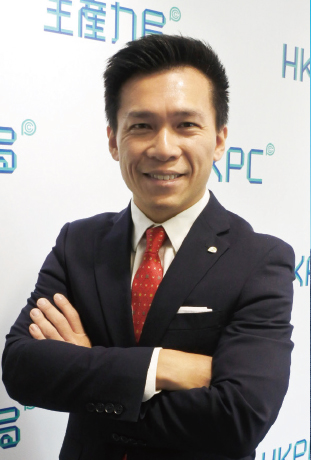
With the rapid development of technologies such as AI and Big Data in recent years, driverless technologies have also made significant breakthroughs, with many countries now actively developing relevant technical and industry standards. Some automobile industry insiders predicted that driverless cars will be commonly seen on roads by 2030.
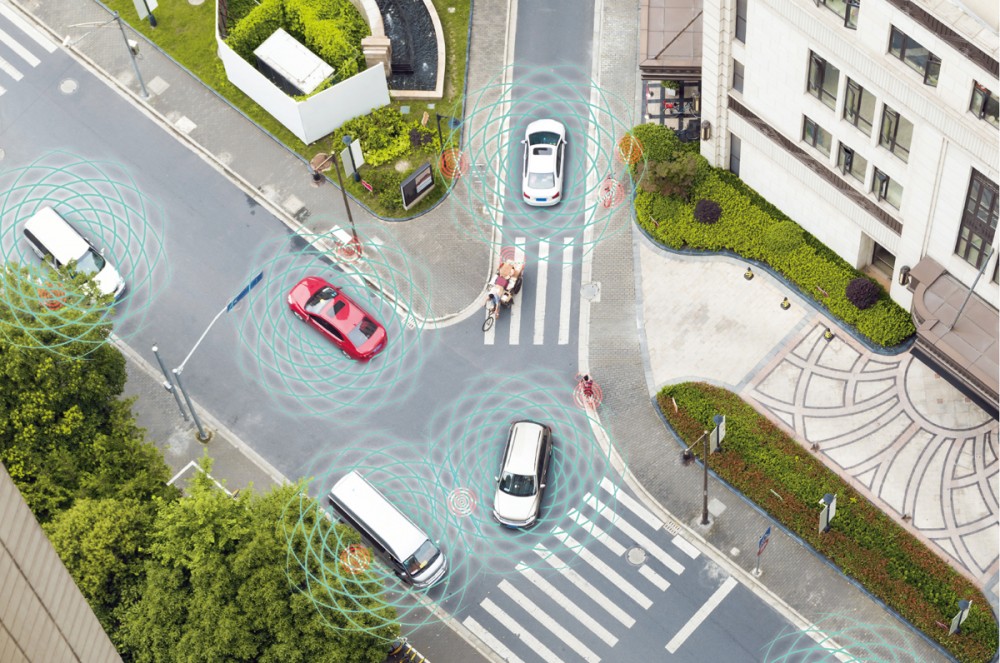 According to Poon Chi-kin, Deputy General Manager at the Hong Kong Productivity Council (HKPC), what will set off a revolution in the future are “high-speed” driverless cars, i.e. automated vehicles that can travel at a speed of 80 km per hour or above on the road and are able to adapt to traffic conditions in real time. To achieve true “unmanned” automated driving, the global automotive industry is moving towards “smart” and “Internet-connected” with the goal of achieving the Society of Automotive Engineers (SAE)’s Level 5 driving automation (see the SAE table on P.23), which means automated driving around the clock without driver attention.
According to Poon Chi-kin, Deputy General Manager at the Hong Kong Productivity Council (HKPC), what will set off a revolution in the future are “high-speed” driverless cars, i.e. automated vehicles that can travel at a speed of 80 km per hour or above on the road and are able to adapt to traffic conditions in real time. To achieve true “unmanned” automated driving, the global automotive industry is moving towards “smart” and “Internet-connected” with the goal of achieving the Society of Automotive Engineers (SAE)’s Level 5 driving automation (see the SAE table on P.23), which means automated driving around the clock without driver attention.
Technical limitations could be overcome next year
Electric car brand Tesla has launched a Level 4 autopilot system. After the system is turned on, the vehicle can travel on the road, change lane or park automatically at the destination without driver operation. After a lengthy period of deliberation and approval by the HKSAR Government, Tesla drivers have been able to use the system since last year, but they are only allowed to drive on roads with a speed limit of 70 km per hour or above and both hands must be on the steering wheel.
Currently, the US, Japan and Europe are testing driverless cars on roads. They are, however, not fully automatic and driverless; monitoring by driver is still needed. It is evident that difficulties still remain for driverless cars to travel freely on city streets.
Poon admitted that from a technical perspective, almost all autopilot technologies around the world are currently constrained by limited network transmission speeds, but high-speed 5G networks, which are set to be widely adopted from 2019 onwards, will allow large amounts of data to be transmitted to control centres at extremely high speeds. Another technology bottleneck is image processing capability as in-vehicle microcomputers need to process a large number of images in real time. The exponential increase in computing power of graphics processing units (GPUs) in recent years has greatly improved system response and analysis performance.
The sooner testing starts, the better for legislation
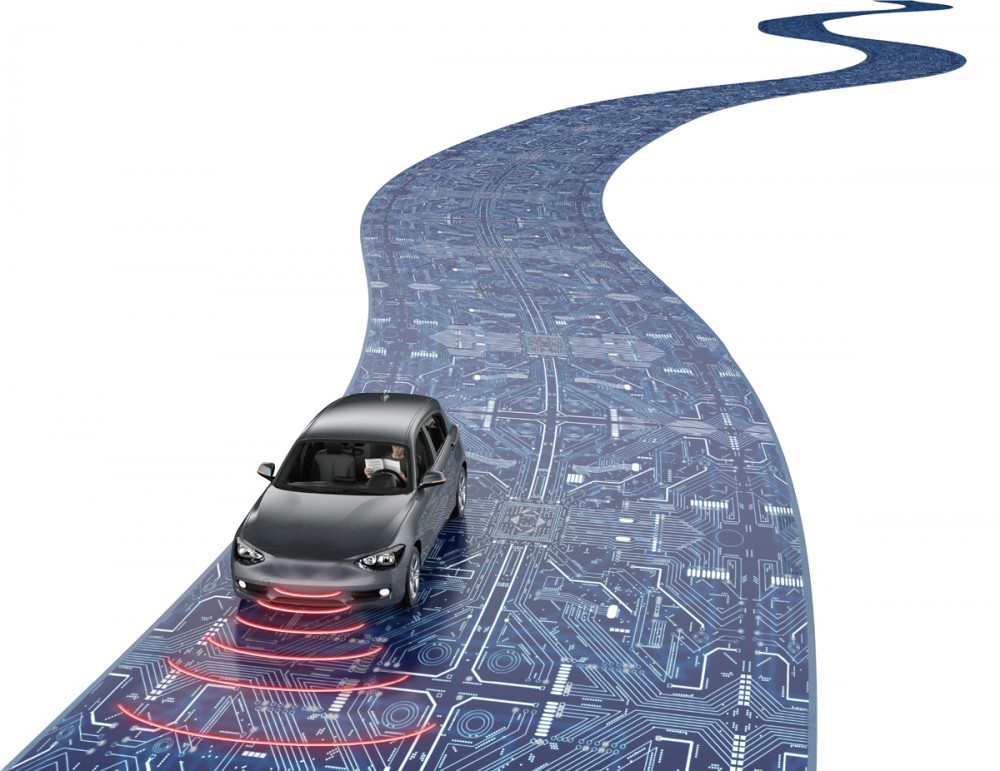 There are ways to overcome technical problems, but regulations cannot be resolved by the industry alone. Poon said that at present governments across the world lack the relevant regulations on driverless vehicles. The HKSAR government is aware that driverless driving will be a global trend. The sooner the testing starts, the more helpful it will be for future legislation of driverless driving and formulation of regulatory measures.
There are ways to overcome technical problems, but regulations cannot be resolved by the industry alone. Poon said that at present governments across the world lack the relevant regulations on driverless vehicles. The HKSAR government is aware that driverless driving will be a global trend. The sooner the testing starts, the more helpful it will be for future legislation of driverless driving and formulation of regulatory measures.
Last August, the HKPC joined forces with more than 20 enterprises from industries such as automobiles and parts, mobile communications, transportation, data analytics and infrastructure to form the Hong Kong Connected Vehicles Cluster (HKCVC). Poon noted: “Smart connected vehicles are equipped with different technologies and equipment. Many Hong Kong manufacturers already have the relevant technologies and capabilities. However, due to the lack of a consistent direction of development, they need to have an industry organization to act as a coordinator to integrate the strengths and advantages of different manufacturers.”
In addition, the HKCVC is planning to install sensors on some vehicles this year to collect data. It is also planning to find suitable venues for technical tests. As regulations are the key to adoption of autonomous driving, the HKPC will act as a bridge for communication. As Poon pointed out, “Hong Kong will likely see a breakthrough in developing driverless driving in 2018, thus paving the way for its widespread adoption in the future.”
Business opportunities across industries
Poon stressed that since 5G has not yet been officially in use, Hong Kong is actually not far from the starting point of other countries. “In fact, Hong Kong’s complete supply chain for the information and communications industry gives it a great advantage in developing Internet of Vehicles (IoV). At present, many small and medium-sized manufacturers in Hong Kong have mature technologies for Levels 1 and 2 driving automation, which will bring huge business opportunities when a large number of vehicles need to be retrofitted with relevant Internet-connected equipment.”
Traditional automobile businesses can transform and develop IoV technologies for innovative expansion. Giving an example, Poon said that the maintenance department of car manufacturers or dealers can collect data on vehicle operation by installing sensors for car owners free of charge, under the premise of ensuring privacy and safety. “In the future, car dealers will be able to identify potential problems and remind car owners to replace parts before failure occurs.”
He also stressed that the automobile industry is not the only one that will benefit. Some industries that have not previously been thought to be related to the automobile industry can also find new opportunities. Examples are mobile app development, sensor infrastructure equipment, and new car insurance based on big data analysis. These are potential new business opportunities and should be well explored by different industries and start-ups in Hong Kong.




